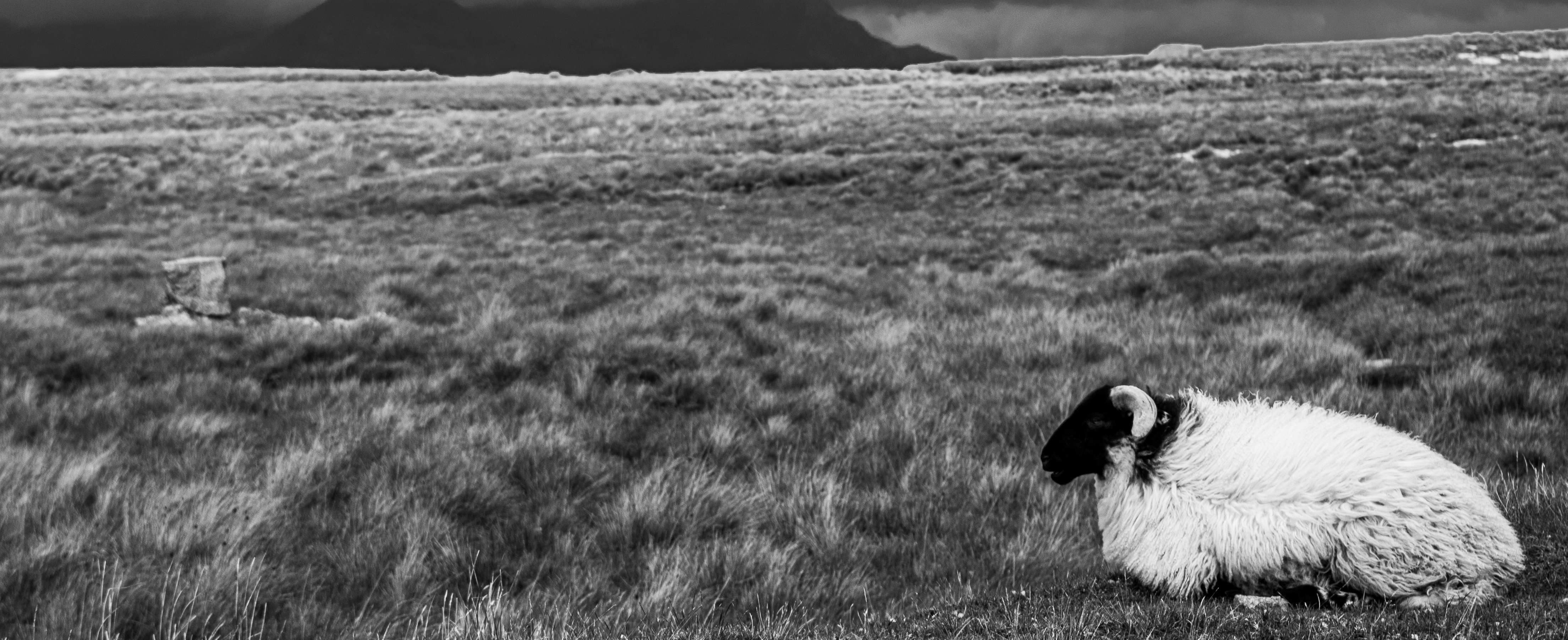Abstract
The Australian dairy industry is shrinking, and more sustainable alternative drinks are growing in popularity in this time of climate chaos and growing ethical awareness. This review examines the production and consumption of plant-based milk in Australia, and reasons for the dairy’s decline. Approximately 42% of Australian consumers buy plant-based milks, with soy and oat the most commonly purchased. Dairy production and consumption are in decline, although plant-based milk still has a smaller market share (9.5% in 2023). Public concerns that are driving the switch include animal welfare and the impact of dairy farming on the environment. Primary ethical and welfare concerns about dairy include the separation of calves from their mothers, the killing of ‘surplus’ calves, and the physical pain cows endure from lameness, mastitis, malnutrition and other diseases. Heat stress has been experienced by Australian dairy herds and is likely to get worse as the climate crisis continues. Farming cows produces more greenhouse gases than the farming of any other species, and the Australian dairy industry produces 3% of the country’s climate emissions. It is linked to environmental degradation including deforestation, habitat loss, and water pollution. Dairy farming uses vast amounts more water than soy or oat milk production, a particular concern in a country afflicted by droughts. The outlook for Australian dairy farming is a transition into other farming methods to meet the consumer demand for plant-based milk. Some growers and producers are diversifying into soy and oat crops and producing local plant-based milk and tofu that is retailed to the public. Is this the beginning of the end for dairy in Australia, and the emergence of an agricultural transition to bring a greener and more ethical future to all?
Keywords: dairy, sustainability, ethics, plant-based milk, farming
How to Cite:
Bennett, C. E., (2025) “Is the Future of Milk Plant-Based? Exploring Dairy’s Decline in Australia in a Climate and Ethical Context ”, Animal Studies Journal 14(1). doi: https://doi.org/10.14453/asj.1642
Downloads:
Download PDF
1508 Views
1373 Downloads

